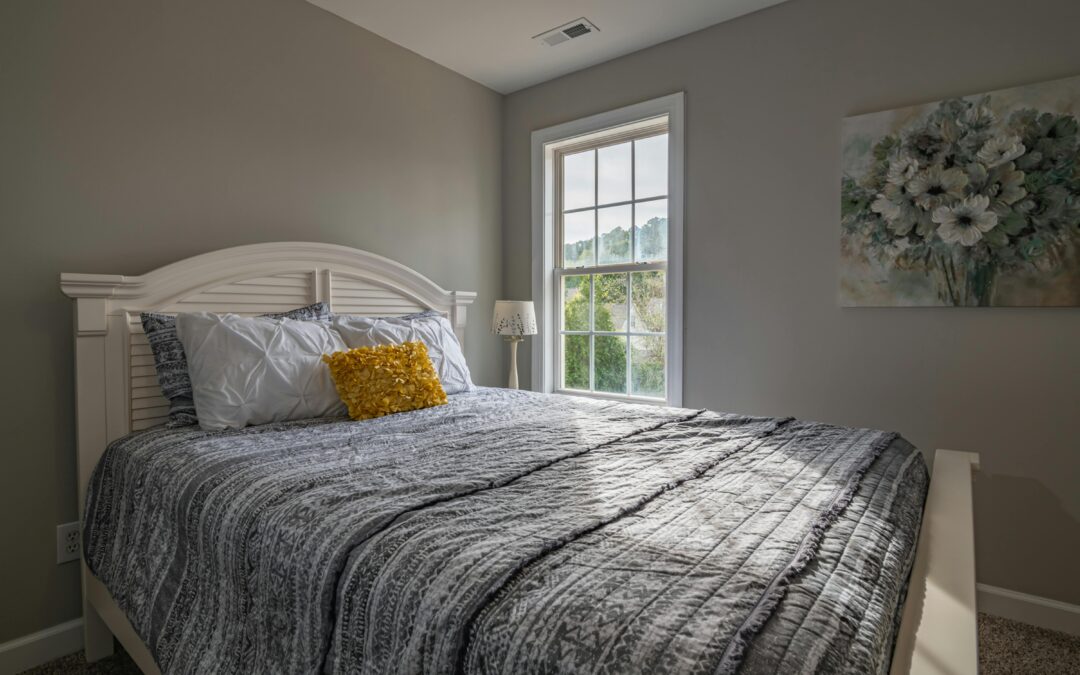Which window is better: a single-hung window or a double-hung window?
The advantages and disadvantages of single-hung windows vs. double-hung windows largely depend on what you’re looking for in terms of convenience, maintenance costs, aesthetics, energy efficiency, and safety.
Single-hung windows use less material than double-hung windows and are therefore more cost-effective; they provide a slightly more straightforward window installation process. Because only one panel (the bottom) can open or close, airflow is restricted to the window’s lower section, making them slightly less efficient than double-hung models. In addition, cleaning single-hung windows requires climbing up to reach the top exterior section and interior due to their construction.
Double-hung windows allow both panels to move up and down independently, enabling you to utilize both top and bottom sections for optimal airflow and more accessible access when cleaning them from both sides without climbing up on anything. Since nature’s elements won’t affect either side with these models, less maintenance is required; however, this comes at a higher cost since more materials must be used to construct a double-hung window.
Different factors point towards each window style depending on individual needs, so there’s no universal answer when deciding which type is best; however, if your primary concern is ventilation, then it is likely that opting for a double-hung design may be more beneficial over a single-hung model since both panels can open simultaneously giving a complete advantage over airflow management within your living space.
What are the main differences between single and double-hung windows?
Single-hung windows are composed of two sashes, one of which is stationary and the other of which is movable. The movable sash can only move up and down, while the stationary sash is fixed in place and does not open. On the other hand, double-hung windows have two movable sashes that can both move up and down.
Which type of window is more energy-efficient?
Double-hung windows are generally more energy-efficient than single-hung windows, as they provide twice as many air sealing points and more options for ventilation.
Exploring Double-Hung Windows: Benefits and Drawbacks
The main pros of single-hung windows are that they are often less expensive than double-hung windows and are easier to clean as there is only one sash to manage. The main cons are that they provide less ventilation and are less energy-efficient.
Choosing the Best Window for Your Colorado Home
The double-hung option is commonplace in modern homes due to its flexibility and ease of use, while single-hung replacement windows can be perfect for room additions or other small-scale projects. When it comes time to replace old windows, double-hung windows are typically the more desirable option thanks to their superior air circulation, allowing for better temperature regulation in space and improved energy efficiency. Single-hung windows still offer some benefits – they require less maintenance over the years and take up less space, making them ideal for smaller areas where double-hung may be too bulky. Ultimately, the best choice depends on individual needs and budget constraints.

